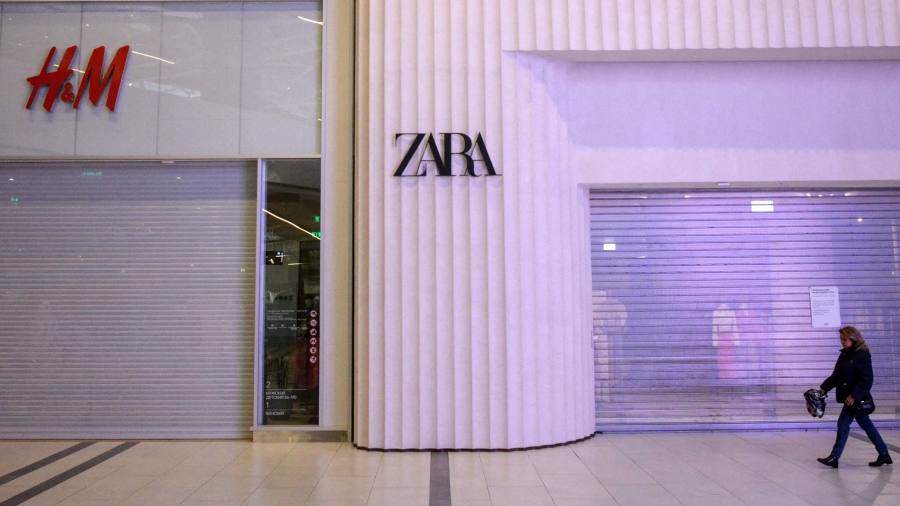
Swedes mark the end of Christmas with a Knut’s party, a tradition in which gingerbread houses are smashed, decorations are put away and Christmas trees are plundered of sweets and then discarded. Swedish retail chain Hennes & Mauritz needs to find a way to follow suit and clear out its own festive clutter.
The world’s second-largest clothing retailer revealed a large inventory increase in its nine-month results. As sales have slowed in the quarter to November, there is the prospect of more fire sales to come.
Like all retailers, H&M’s prospects should have improved this year as lockdowns lifted and stores reopened. Yet cost inflation, supply chain delays and squeezed consumers have weighed on profits.
Russia’s invasion of Ukraine added to the pain. The company was forced to close stores equal to 4 per cent of sales. H&M’s share price is at levels last experienced at the start of the pandemic.
The group plans to enact a SKr2bn ($194mn) annual cost-saving plan next year. Even so, profits will remain subdued for the foreseeable future. Operating margins will stay below 8 per cent until 2027 on current estimates.
Contrast that with Zara owner and Spanish peer Inditex, which returned to mid-double-digit margins in 2021. Its shares also look about a fifth cheaper than the Swedish retailer, which trades on 24 times forward earnings.

Inventory management should be a priority. Like many retailing peers, H&M over-ordered during a period of strong demand and shaky supply. Now the company is sitting on SKr47bn of stock. This is a record high both nominally and as a proportion of sales at 20 per cent. Though Inditex has a similar problem, its stock as a proportion of sales is lower at 15 per cent.
Rising inventory values can bloat working capital and drain operating cash flow. As a result, retailers and their shareholders must watch the trend carefully. Both fast fashion groups face some risk of discounting in the holiday season. But Inditex’s more impressive profit forecast means H&M has the higher risk of problems in the months ahead.
Our popular newsletter for premium subscribers is published twice weekly. On Wednesday we analyse a hot topic from a world financial centre. On Friday we dissect the week’s big themes. Please sign up here